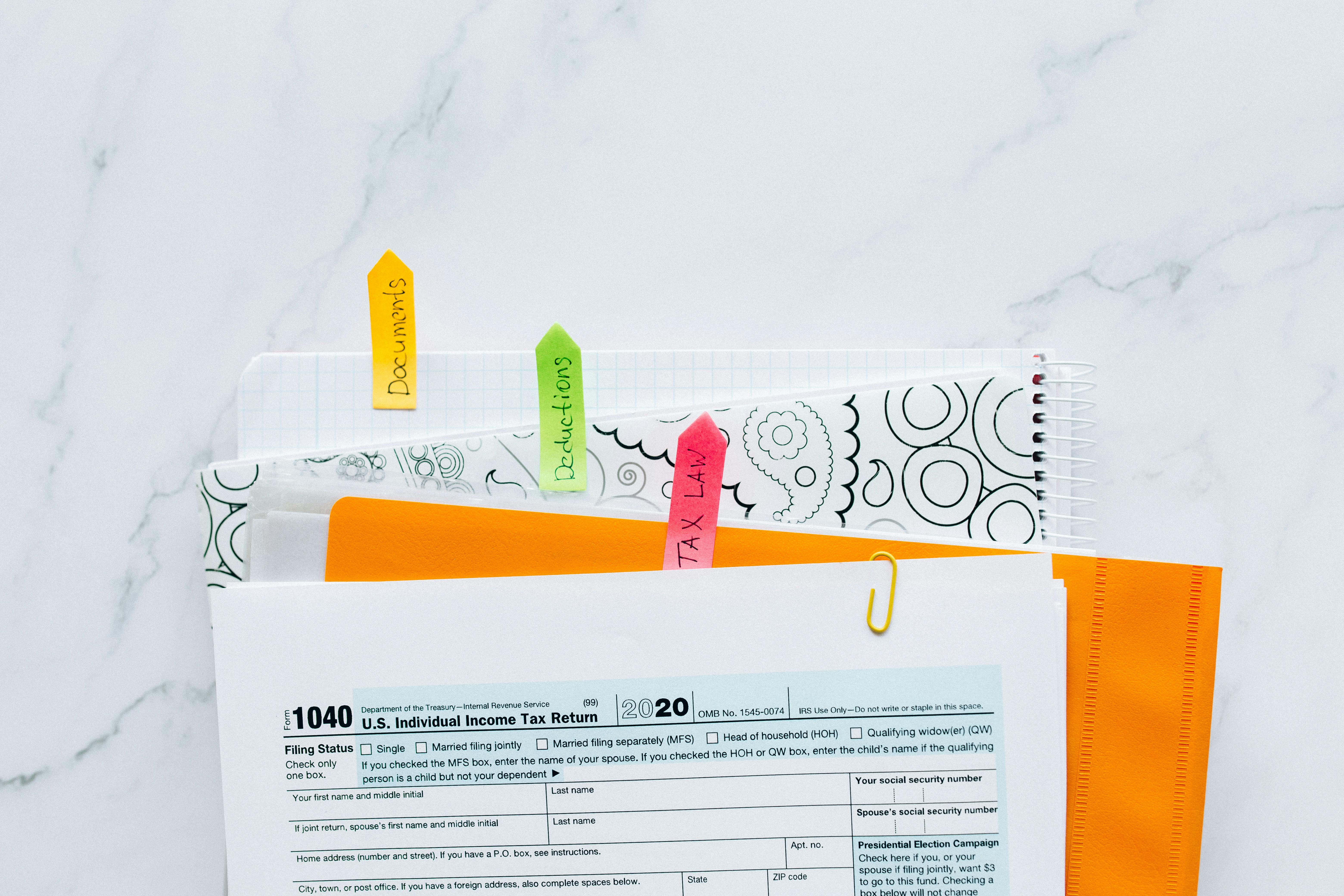Recommended protective measures
overall security:
– Be unpredictable. Varied daily routines.
– Keep a low profile; avoid advertising.
– Pay attention to your surroundings and report any suspicious activity to the local police.
– Protect personal and identity-related information and documents.
– Do not post your schedule on publicly accessible websites (to include Facebook, Twitter, etc.).
Home Security While Traveling:
– Stop the deliveries of newspapers and correspondence, or forward them to a trusted neighbor.
– Do not indicate absence or itinerary on voicemail, email, website, or with a written note on a door.
– Do not hide the keys outside the house.
– Inform a trusted friend or family member about the destination and arrival/departure times.
Vehicle/Transportation Safety:
– Keep the car in good condition; at least a half tank of gasoline; Properly inflated tires with good tread.
– Use a locking gas cap.
– Not have personalized license plates or decals with affiliations on the vehicles.
– Park in well-lit areas; park in licensed parking lots/garages with on-site attendants; try not to leave the car in the street overnight.
– Check for suspicious people before and when you approach the vehicle and get out of the vehicle.
– Examine the exterior and interior of the vehicle before using it; If you find something suspicious, DO NOT touch it; contact your local police.
– Always lock your car as soon as you get in and after you leave; have the keys in hand before approaching the vehicle.
– Install a car alarm.
– Always wear your seat belt, but close the vehicle doors before fastening it.
– Travel with other passengers when possible.
– Avoid night trips, isolated roads or dark alleys when possible.
– Vary routes and plan alternative routes; pay particular attention to suspicious activity when you are near your residence and office
– If applicable, notify your office when you leave for work; ask them to contact the local police if you do not arrive when expected and they cannot locate you.
– Do not allow your vehicle to be packed; if you suspect an ambush, do your best NOT to stop and keep going if possible; Know the location of emergency services (police, fire, hospital, etc.) along your route.
– If you are attacked (or suspect an imminent attack), drive to the nearest safe place (police, military base, etc.).
– Know how to react if you are followed:
o Check during shifts to confirm surveillance.
o Do not stop or take other actions that could lead to a confrontation.
o Go to the nearest police station or military base.
o Get the best possible description of the car and its occupants.
o Report the incident to the police.
– Recognize events and distractions that can signal the beginning of an attack. When one of these events occurs, mentally prepare a course of action in case an attack develops. These events may include, but are not limited to:
o Cyclist falling in front of his car.
o Flagman or laborer stopping your car.
o Unusual or bogus police or government checkpoint.
o Invalid and/or accident vehicle on the road.
o Unusual deviations.
– Know what to do if you are attacked in a vehicle:
o Try to draw attention to your car by honking the horn.
o If possible, do not stop; keep driving.
o Go to the nearest safe shelter and report the incident to the police.
o Consider taking a defensive driving course.
– Vary the taxi mode and delivery service companies you use; make sure the driver’s face and license photo match before getting into the vehicle.
– Vary commercial transportation routes and use busy bus/subway stops; Avoid poorly lit or isolated stops.
– Don’t let anyone you don’t know well call a taxi for you, call yourself.
Office Security:
– Restrict access to authorized personnel only; assign photo identification cards; ensure responsibility for the control of locks and keys.
– Have security personnel greet all employees and visitors and examine their personal belongings.
– Install a security/fire alarm system and associated security service; install closed circuit television to record the area of operation and exterior entrances.
– Ensure adequate lighting for the area of operations, the exterior and CCTV.
– Check all incoming mail off-site if possible; contact local law enforcement if a package is determined to be suspicious.
– Ensure responsibility for the control of locks and keys.
– Develop an emergency plan to respond to a known or suspected hazard.
– Restrict drivers and deliveries to a specific area.
– Establish a communication channel to report security deficiencies.
In case of incident/attack:
– Evacuate at the first sign of trouble whether others are evacuating or not; leave personal items behind; call 911 when it is safe.
– If evacuation is not an option, hide; lock/lock the hideout door; silent cell phone; call 911.
– Only as a last resort, try to incapacitate an active shooter.
– If an attack occurs in a public place, call for help out loud and take other measures to attract attention.
– If an active shooter is near you:
o Quickly determine the most reasonable way to protect your own life. Remember that customers are likely to follow the lead of employees and managers during an active shooter situation.
o As a last resort, try to take down the active shooter.
– When calling 911:
o Be aware of your surroundings; make sure you are in the safest place possible before calling (out of danger).
o Be calm and eloquent; Talk slow.
o State your name, location and the nature of the emergency; provide the who, what, where, when, why and how of your situation.
o Warn if you are injured; provide details.



